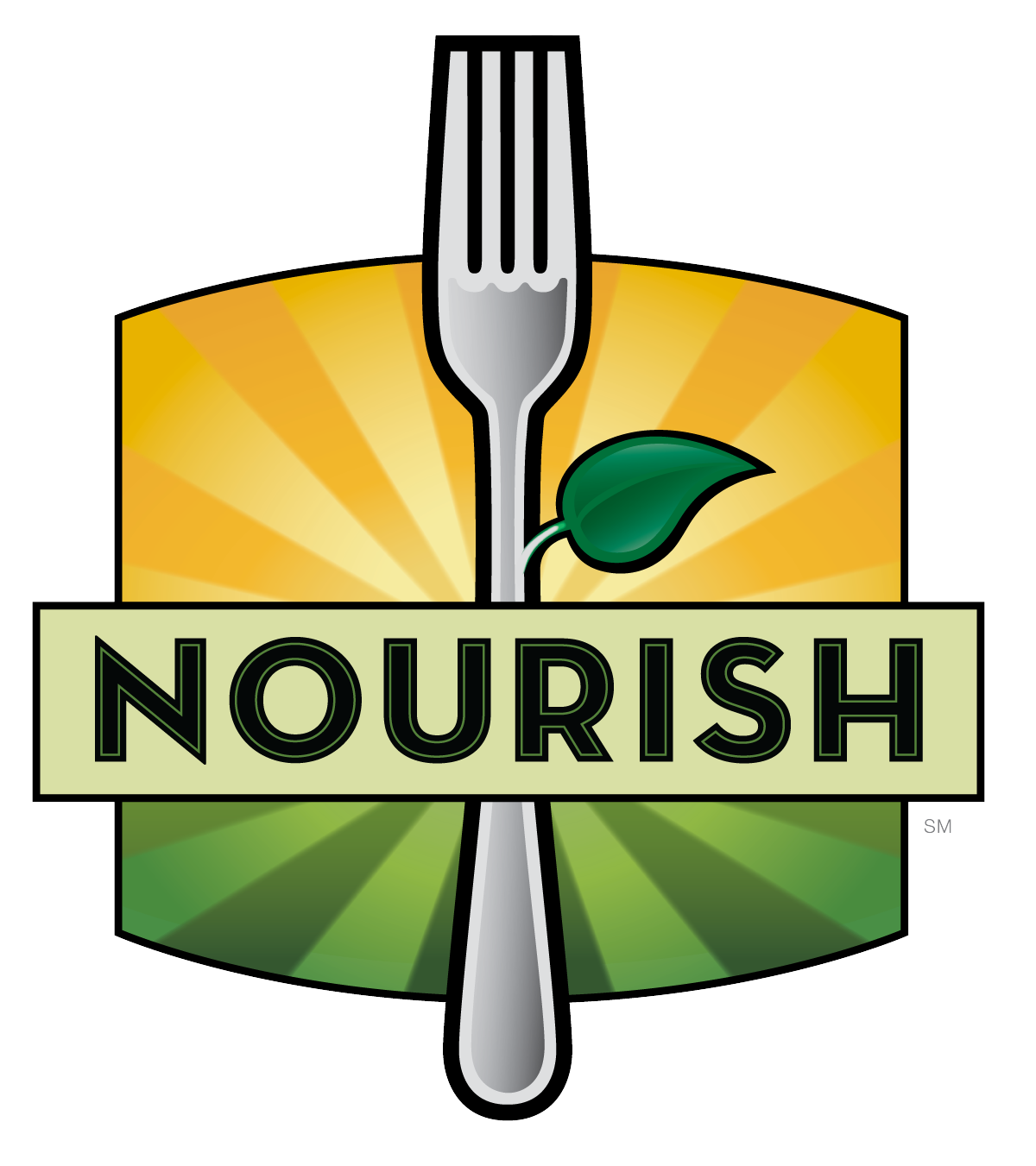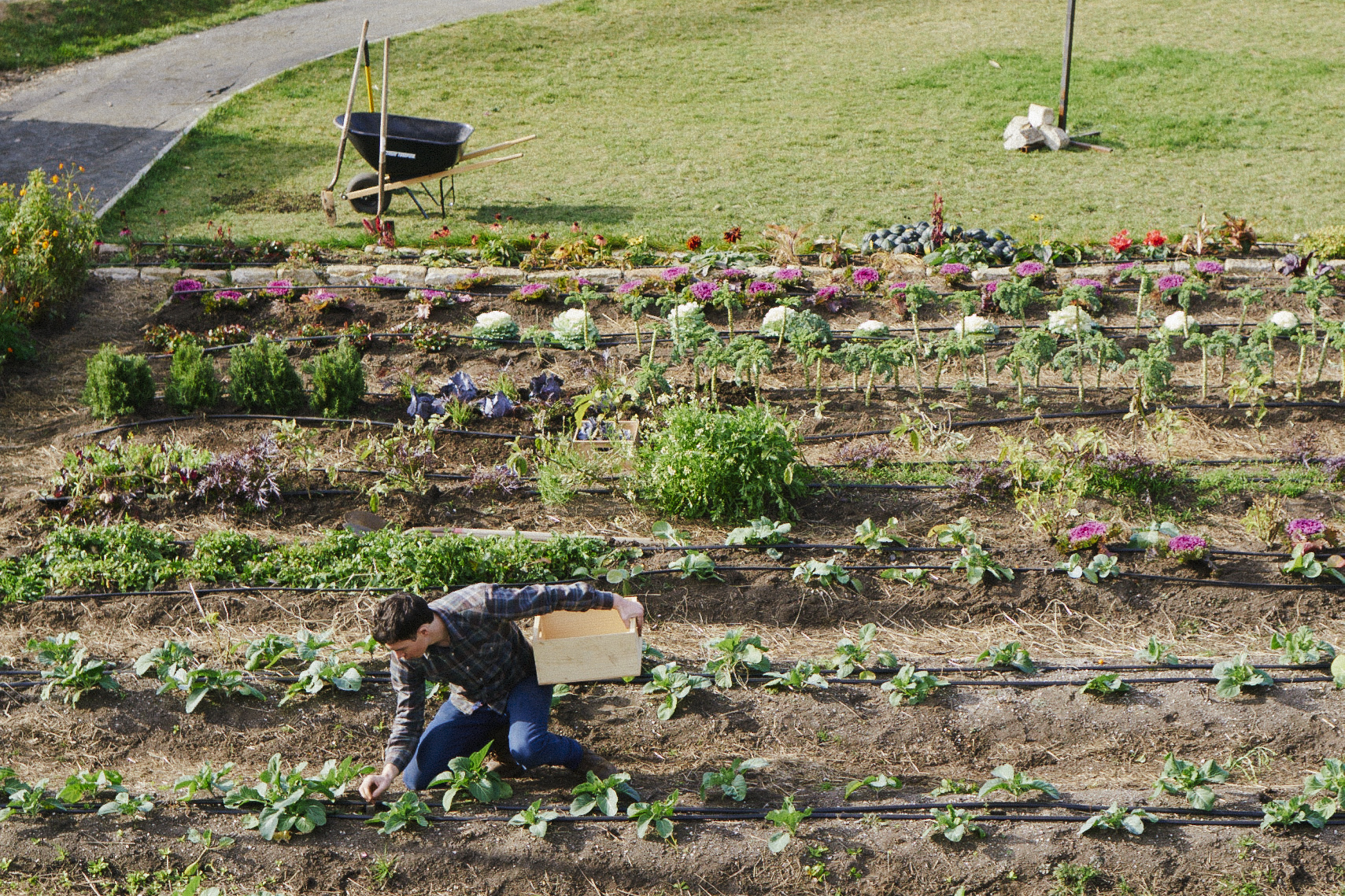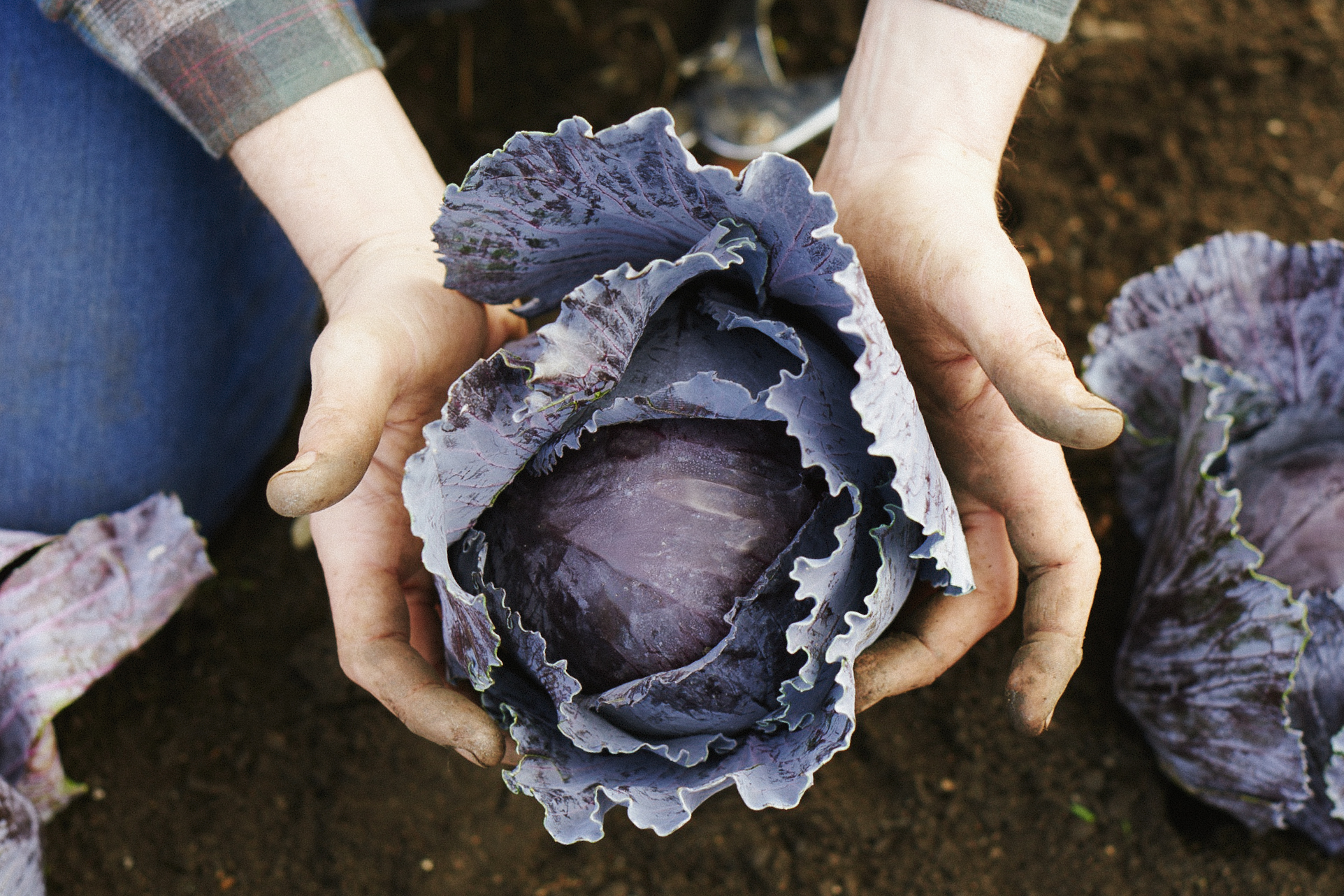Good-Food Programs
About Good Food
Since Nourish started at the kitchen table of founder Carol Christensen in 2009, Nourish has always been promoting and educating about good food, sourced whenever possible from local food producers and suppliers, for a couple of reasons:
For a healthier Sheboygan County:
The prevalence of diet-related health issues has been on the rise in Sheboygan County – and unfortunately in many parts of the country. Nearly 75% of Sheboygan County adults are considered overweight or obese (with a BMI above 25%). Diagnosed diabetes increased in Sheboygan County from 5% in 2003 to 14% in 2020.(1) Poor nutrition is a problem across the economic spectrum. Many individuals may lack time, focus, or means to make wholesome food choices but the result is that health issues such as heart disease, diabetes, and cancer are often nutrition-related and are on the rise, impacting all income groups. Obesity does disproportionately affect low-income families, many of which rely on the school to provide breakfast, lunch, and possibly an after-school snack. For these students, school-provided meals account for 65% of their nutrition. Nourish helps fill in those gaps by providing more good-food experiences and opportunities to students in schools, early childhood center and other youth-serving agencies. (1) Sheboygan County 2020 Community Health Survey Results commissioned by the Sheboygan County Division of Public Health
Good, local food tastes better and supports our economy:
Our convenience-driven food system, which includes imported foods transported in from various states and even other countries, makes it both easy to eat less healthy food and also harder to access good food. In Wisconsin, we’re blessed with healthy soil, talented farmers and an amazing agricultural industry. This means there is access to most foods seasonally at the best nutritional value for our bodies. Our goal is to educate the community while improving access for all persons. The benefits of eating locally sourced foods include:
Produce picked in season when fully ripened tastes better, and fresher and is typically juicer than artificially ripened foods grown out of season.
Local produce delivers significantly more nutrients compared to food that was picked before being fully ripened and then transported to your local store.
Purchasing local food not only keeps those dollars in our economy to support our local farmers and producers, but food less traveled also reduces our reliance on fossil fuels and emissions.
Local, wholesome foods can save us money. Eating with the season means accessing local fruits and vegetables when they’re in abundance and therefore, at less cost.




